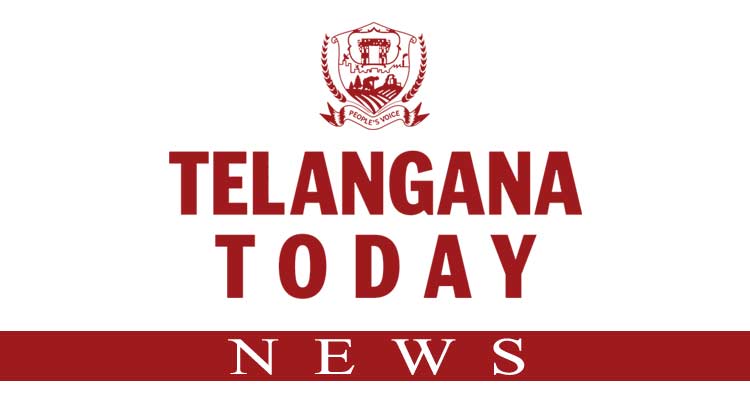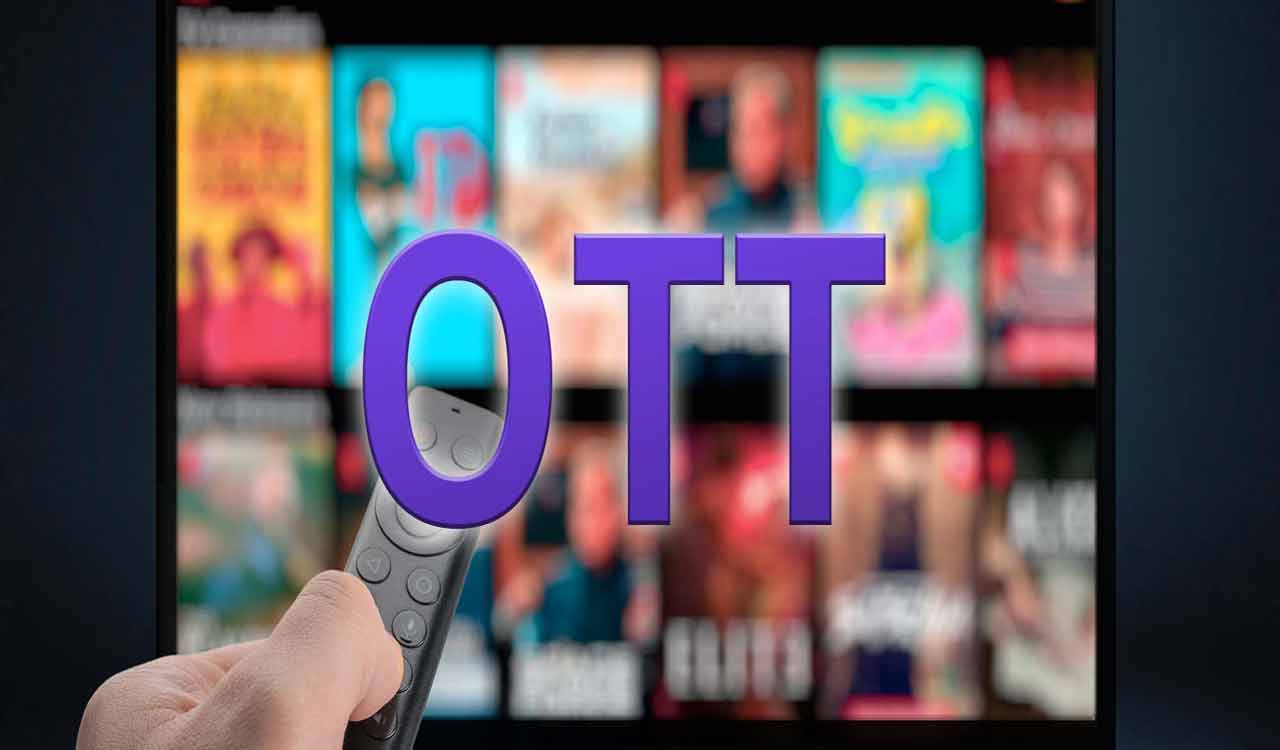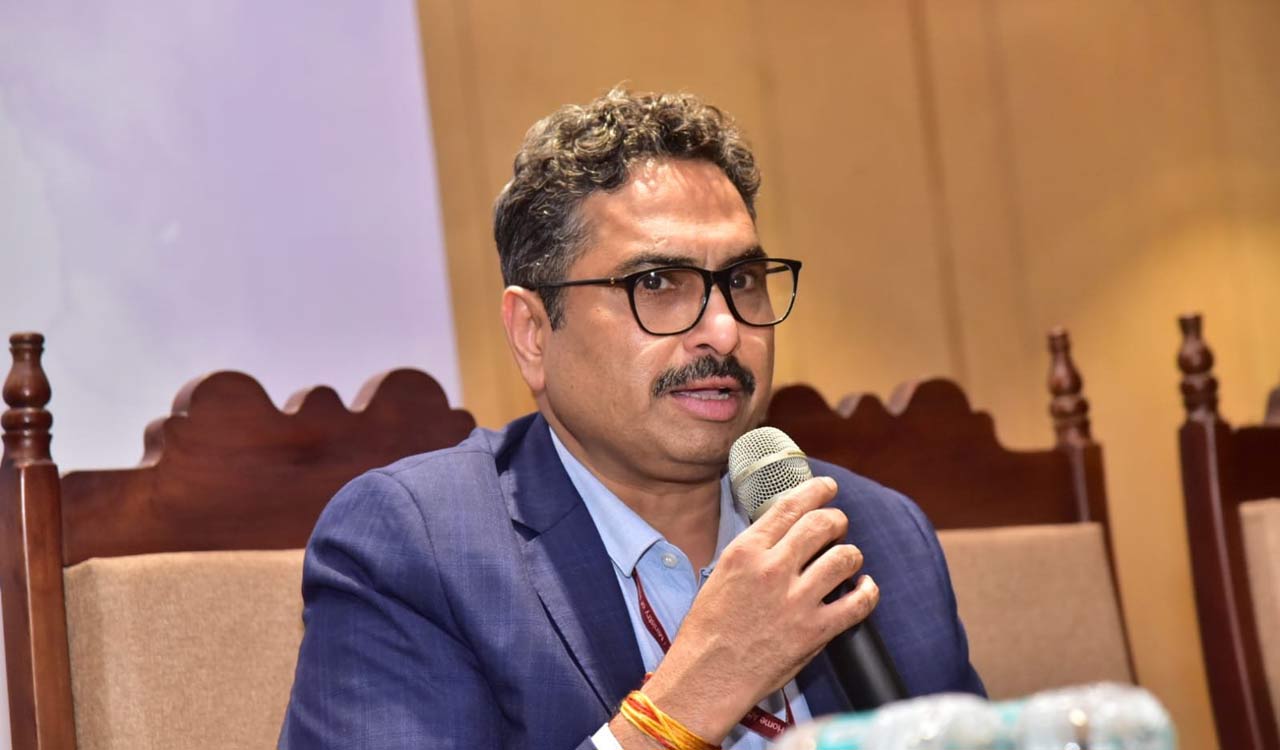Editorial: Joint battle to end piracy
Absence of collaborative efforts continues to badly hurt the interests of the entertainment industry

Piracy is the bane of India’s entertainment industry. It infringes on the rights of the original creators. The latest study has revealed that the size of India’s piracy economy was Rs 22,400 crore in 2023. A collaborative approach alone — involving the government agencies, industry and the consumer —will help in taming this evil. Massive awareness campaigns, watermarking the premium content, innovations around pricing and bundling, forging international alliances must be done simultaneously to curb the piracy menace. Stricter enforcement mechanisms must be put in place by the government in coordination with the entertainment and media industry. According to ‘The Rob Report’, released by Ernst & Young and the Internet and Mobile Association of India (IAMAI), every second consumer in the country accesses pirated content. It’s a reflection of how the weak implementation of anti-piracy regulations has lent social sanction to illegal activity. The ability to access content without paying the due amount is seen as an acquired skill, not any circumvention of law that would attract fines and punishment. Holding a mirror to the Indian mindset of wanting good quality free content, 70% pirated content consumers claimed during a survey that they did not wish to purchase any OTT subscriptions. The entertainment industry has been losing a significant portion of its revenue to piracy over the years. Several measures taken to combat this issue remain fragmented and have not had any meaningful impact. It is crucial that different segments of the industry collaborate to mitigate piracy risk and push for stronger regulations and enforcement.
Simultaneously, leveraging technology to combat the creation and distribution of pirated content will also become critical. This will ensure that original creators are able to protect their intellectual property and monetize what is rightfully theirs. According to the study, over Rs 13,700 crore was generated from pirated content from movie theatres last year and Rs 8,700 crore from OTT platforms. Streaming is the largest source of piracy at 63%, followed by mobile apps at 16%. Several underlying factors explain the hold of piracy despite a 150% rise in subscription revenues after the pandemic. High fees and the hassle of multiple payments push many to pirated content. A lack of awareness about the perils of piracy, income disparity and inaccessible theatres are the other key reasons. Besides stringent regulations, content providers need to rethink their pricing models. Absence of collaborative efforts to mitigate the risks of unauthorised copying and distribution or use of copyright material continues to badly hurt the interests of the entertainment industry. Piracy is particularly prevalent among audiences aged 19 to 34. Indians spend a significant amount of time — an average of nine hours a week — consuming pirated content, of which 38% of the time is spent watching OTT content and 22% is spent watching films. Contrary to popular perception, piracy is more prevalent in Tier II cities.
Related News
-
Save future of Telangana NEET PG aspirants, IMA writes to CM Revanth Reddy
40 mins ago -
Telangana techie loses Rs 4.15 lakh to online gold trading fraud
1 hour ago -
Hyderabad: Couple working as house help at doctor’s residence held for theft
1 hour ago -
Hyderabad auto driver foils attempt to kidnap young woman, five held
2 hours ago -
Haiti gang attack on journalists covering hospital reopening leaves 2 dead, several wounded
3 hours ago -
21 dead as Mozambique erupts in violence after election court ruling
4 hours ago -
Cartoon Today on December 25, 2024
11 hours ago -
Sandhya Theatre stampede case: Allu Arjun questioned for 3 hours by Chikkadpallly police
12 hours ago




